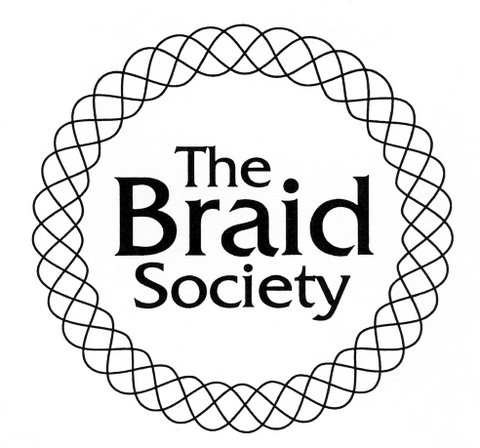Menu
Log in
| Members can log in by clicking on icon to the right |
Please log in to continue
Please login to continue to the page you have requested.
Braid Society Ltd, registered in England and Wales (number 8689716) Registered Office: 21 Coton Crescent, Coton Hill, Shrewsbury, SY1 2NZ, UK
Powered by Wild Apricot Membership Software
